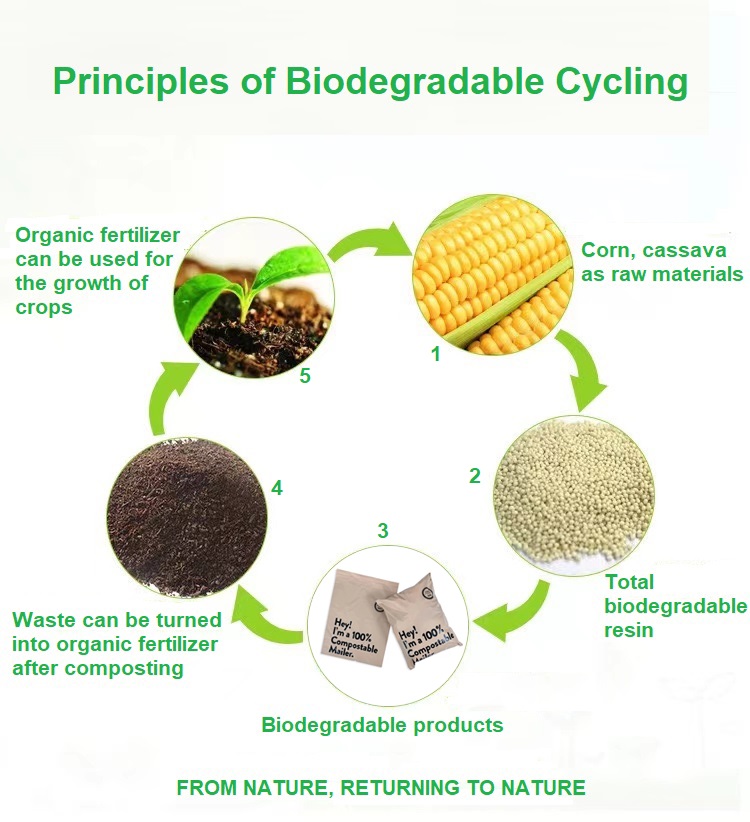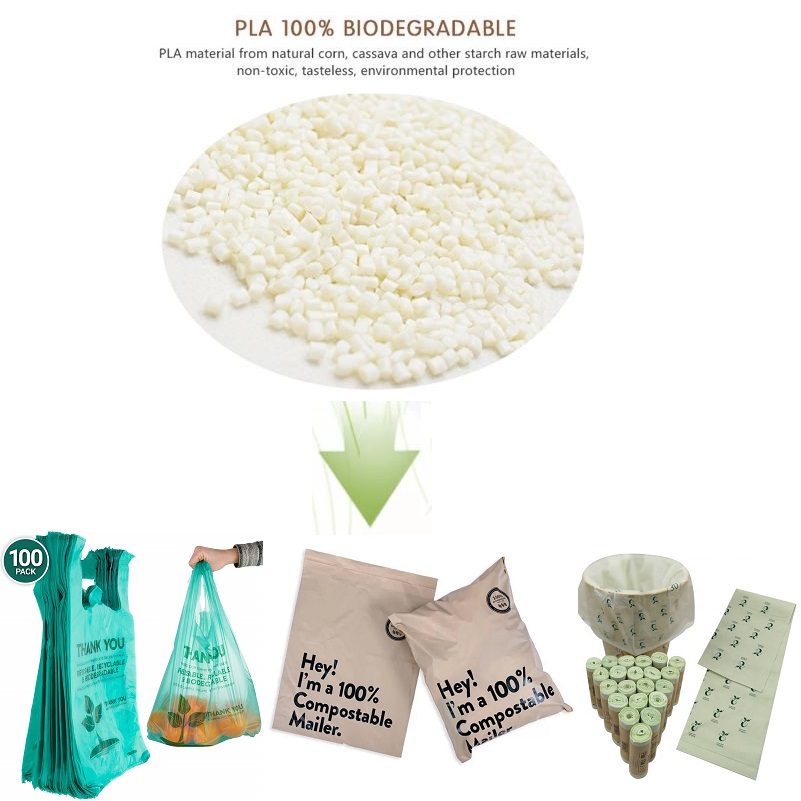Polylactic acid (PLA) material is a new type of bio-based plastic just developed in recent years. It is a hard and brittle transparent material at room temperature, with poor impact resistance and flexibility, which greatly limits the wide application of PLA.
The use of conventional petroleum-based polymers to toughen PLA will cause the blend to lose its source renewability and product degradability, so it is crucial to develop a biobased PLA toughening agent that is comparable to the effect of petroleum-based toughening agent.

Change design
1. Organic zirconium phosphate (OZrP) was prepared by using methylamine (MA) and then octadecyl trimethyl ammonium chloride (octadecyl trimethyl ammonium chloride) to organically modify the pre-intercalated product. The layer spacing of zirconium phosphate was expanded from 0.76 nm to 3.77nm.
2. Organic zirconium phosphate/polylactic acid (OZrP/PLA) nanocomposites were prepared by solution intercalation with OZrP as the reinforcing and toughening agent.
Modification effect
1. When the amount of OZrP is 3, the tensile strength of the composite reaches the maximum 37.85 MPa;
2. The addition of OZrP improved the thermal aging and thermal stability of PLA composites;
3. The degradation of PLA was accelerated, and the degradation performance was better than that of PLA substrate.
Modified principle
1. Mechanical properties
Zirconium phosphate can be dispersed in PLA with good compatibility, and the organic modified zirconium phosphate has a strong interaction with the surrounding PLA molecular chain, which enhances the interface bonding force. When the external force is applied, the interface zone between the organic modified zirconium phosphate and PLA matrix can effectively transfer the external force to the filling material, so as to improve the ability of the material to resist damage.
2. Degradation performance
1) In solution environment
Because PLA is a polyester, when it is degraded in biological media. First is the small molecules of water to the surface, and then spread into the ester bond or hydrophilic group, under the action of acid and alkali in the medium, can induce ester bond fracture, acid and alkali hydrolysis and ZrP has larger specific surface area and adsorption capacity, more hydroxyl between layers, can be a lot of adsorbed water molecules made PLA heterogeneous hydrolysis occurs, which can accelerate the degradation rate of PLA.
2) In ultraviolet light environment
Because zirconium phosphate is a kind of photocatalyst, the addition of zirconium phosphate can promote the absorption of ultraviolet light in the composite material, and then accelerate the degradation of PLA in the ultraviolet environment.
3. thermal stability and heat aging
Zirconium phosphate is evenly dispersed in PLA. Zirconium phosphate loses interlayer crystal water to take away part of the heat, and the oxide generated after dehydration acts as a barrier on PLA, thus reducing the thermal degradation rate of PLA and improving the thermal stability of PLA.


 Deutsch
Deutsch русский
русский español
español العربية
العربية 日本語
日本語 한국의
한국의


 SUPPORT 24/7
SUPPORT 24/7 BUSINESS QUIRY
BUSINESS QUIRY Our ADDRESS
Our ADDRESS  Leave A Message
Leave A Message
 IPv6 network supported
IPv6 network supported





